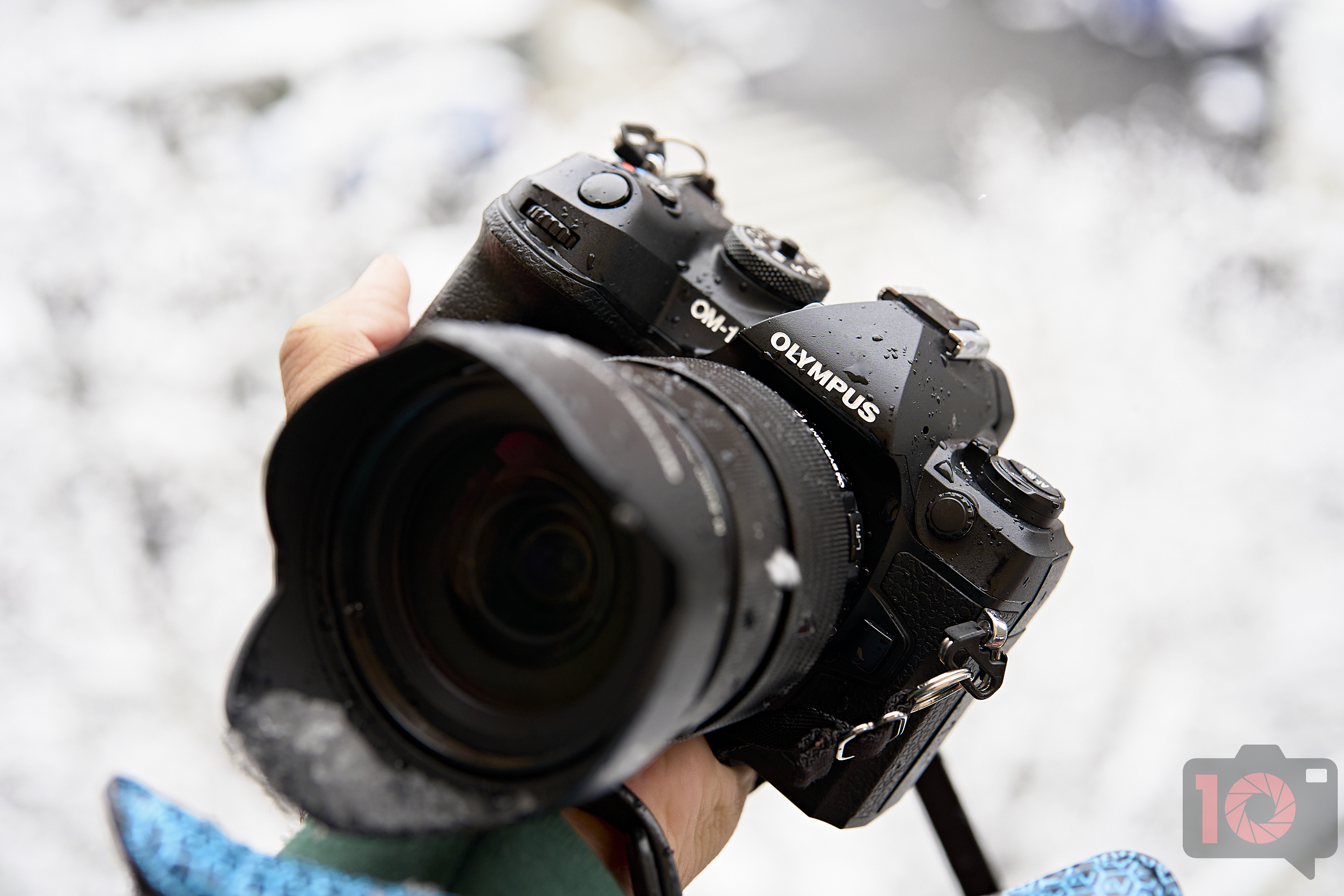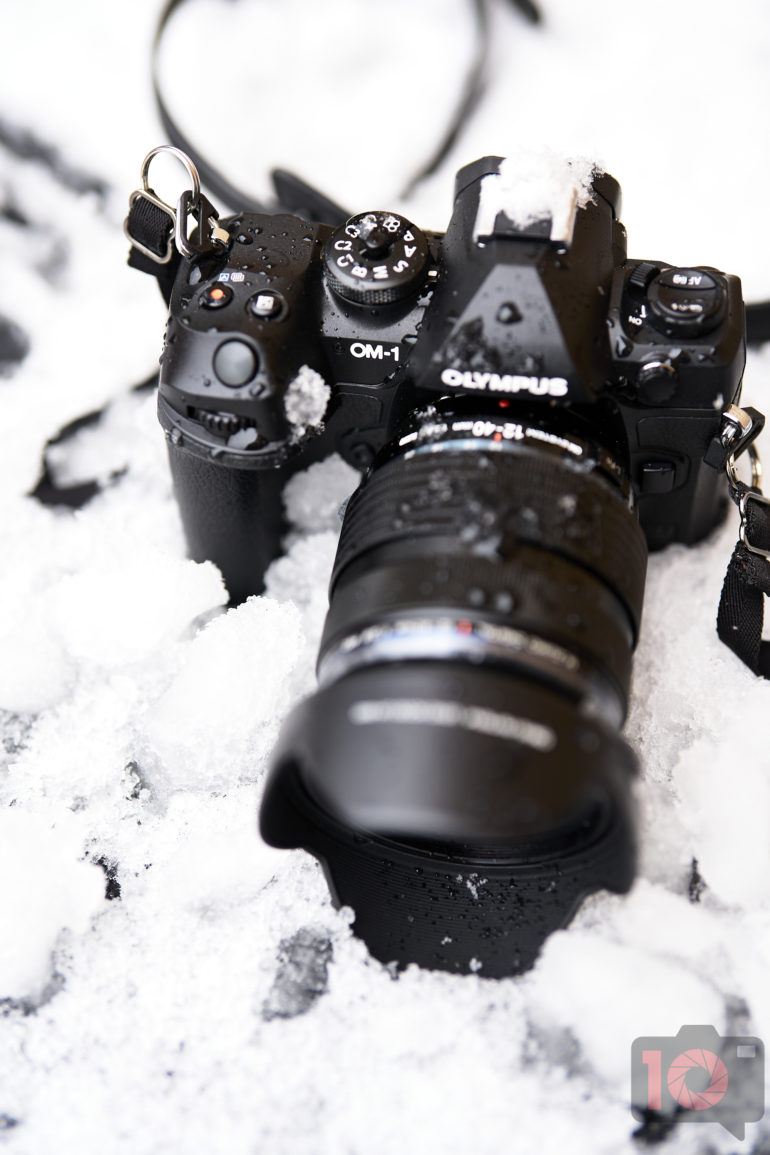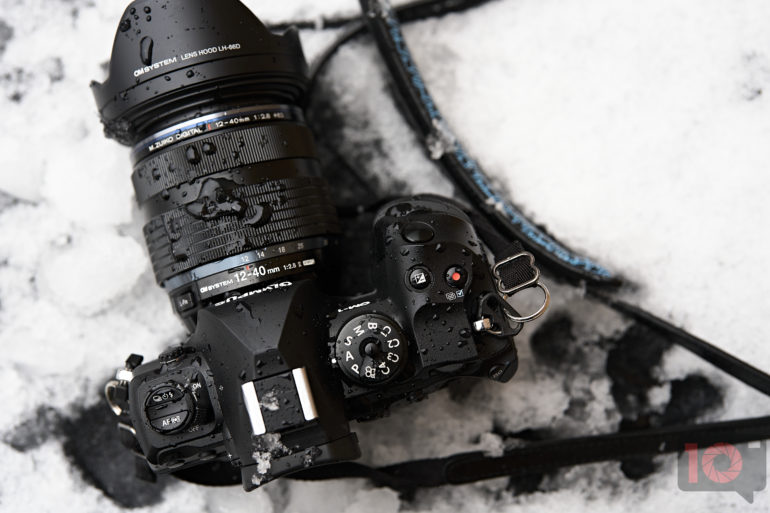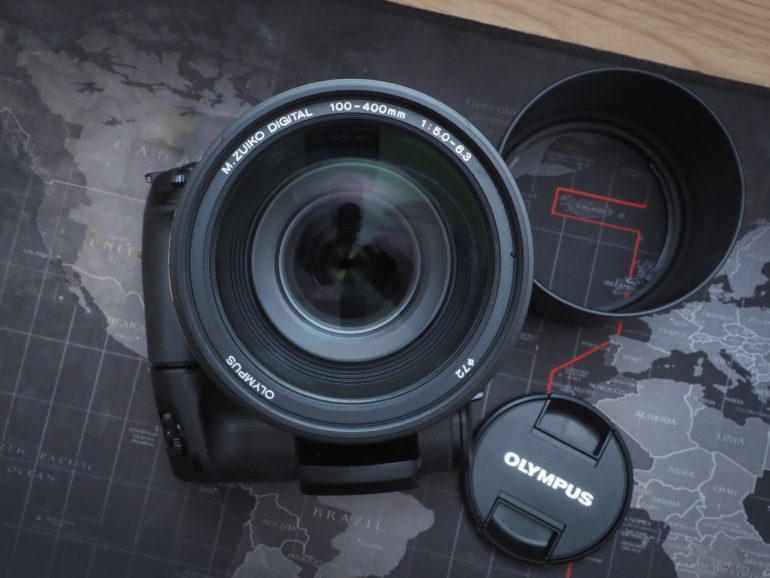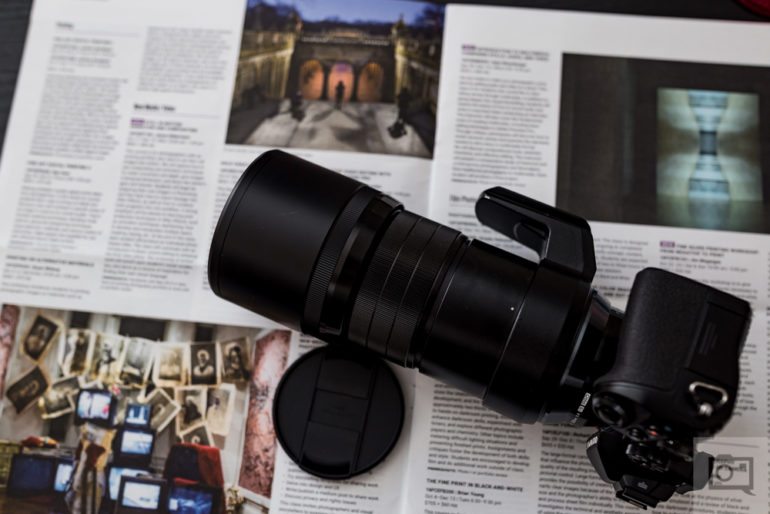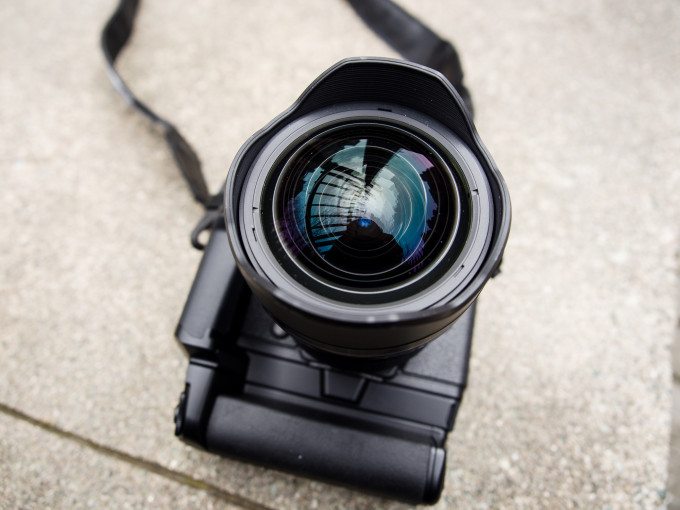The OM-System OM1 has hit the scene and brings with it a ton of great computational photography features. But no camera is anything without a good lens. Lucky for you, we’ve reviewed a ton of them. So we dove into our Reviews Index to find some of the best lenses for OM-System OM1. During our review, we tested a bunch of lenses with the camera. These are the ones we loved and that we think will do best from our own experience.
View this article with minimal banner ads in our app for iOS, iPad, and Android. Get no banner ads for $24.99/year.
The Phoblographer’s various product round-up features are done in-house. Our philosophy is simple: you wouldn’t get a Wagyu beef steak review from a lifelong vegetarian. And you wouldn’t get photography advice from someone who doesn’t touch the product. We only recommend gear we’ve fully reviewed. If you’re wondering why your favorite product didn’t make the cut, there’s a chance it’s on another list. If we haven’t reviewed it, we won’t recommend it. This method keeps our lists packed with industry-leading knowledge. Some of our stories include affiliate links. If you buy something through one of these links, we may earn an affiliate commission.
Table of Contents
How We Chose the Best Lenses for the OM System OM1
The Phoblographer’s standard policy is that if we haven’t finished a full review of a product, we won’t put it in our roundups. So here are a few things to keep in mind about this round up:
- The best lenses for OM System OM1 are weather sealed. This camera has a very incredible IP-durability rating. And we’re only selecting the lenses that are in line with that durability. It will help keep the camera functioning really well over time.
- We’ve tested and reviewed all of these lenses.
- The OM System OM1 is targeted mostly at the adventure and outdoors photographer. But it overall can handle a bunch of scenarios. The lenses we’re selecting help with all scenarios.
- There is only one prime lens in this roundup. We really considered the Olympus 17mm, but we don’t think it makes sense for the type of camera this is. The system has a ton of great zoom lenses as well.
- We’re aware Panasonic makes lenses for Micro Four Thirds as well. But somehow or another, there are always compatibility issues. As I type this, we’ve even got emails into Panasonic about this.
- We’re recommending a few great zoom lenses in this case because the system’s zoom lenses are nice, small, and lightweight.
- Micro Four Thirds’ defining characteristic is that there’s a 2x crop factor. That means there’s a smaller sensor, and the effective depth of field is doubled. So an f1.2 lens will render like f2.4 on full frame cameras when shooting wide open. But that also means you get the light gathering abilities of f1.2. It’s great for telephoto lenses and birding.
OM System 12-40mm f2.8 PRO II
Tech Specs
- $999.99
- 20cm close up focusing
- IP53 durability rating. This is on par with the Google Pixel phone.
- 62mm filter thread
- 382 grams
- 9 elements in 14 groups
In our first impressions, we state:
Focus with the OMDS and Olympus systems has always been pretty speedy. But at the same time, other systems have caught up and even superseded Micro Four Thirds. Comparatively speaking, the autofocus speed itself on this lens is very quick. I’d rate it on par with the Tamron 28-75mm f2.8 G2 on the Sony a1 or even the Canon RF 24-70mm f2.8 on the Canon EOS R5. That means that target acquisition is faster than it is with Nikon, Panasonic, Fujifilm, Leica, etc. But at the same time, that’s only if you’re specifically telling it to focus on a certain spot. In S-AF settings, the OM-System 12-40mm f2.8 PRO II is at its peak. Things change when it comes to tracking.
Olympus 40-150mm f2.8 PRO
Pros
- Excellent build quality
- You get an 80-300mm f2.8 lens in the size of a standard 24-70mm f2.8 from other manufacturers.
- Very sharp wide open
- Retractable lens hood is very convenient, but if you want to use the lens without the hood, you essentially need to remove it.
Cons
- Focusing ring can be accidentally switched back for manual focusing
In our review, we state:
“…the 40-150mm f2.8 PRO focuses like a speed demon. It’s super quick and when combined with proper hand holding techniques and the in-body IS, the lens will yield you blur free and wonderful images.”
Olympus 100-400mm f5-6.3 IS
Pros
- Superb image quality
- Image stabilization makes this lens easy to handhold
- IPX1 weather sealing means this lens will face Mother Nature head-on
- Excellent build quality
- It can be used with the MC-14 and MC-20 teleconverters to give a maximum focal length of 1120mm and 1600mm.
- Excellent color rendition
- In great light, this lens focuses at a rapid speed, and it’s quiet.
- Compatible with focus stacking modes in certain Olympus cameras
- It’s fairly priced at $1,499.
Cons
- The texture on the zoom ring leaves a lot to be desired.
- In low light or low contrast situations, the lens hunts a little.
- The Arca Swiss compatible tripod collar is just a little on the stubby side of things.
In our review, we state:
“While the lens doesn’t have a metal body, it does feature the same pro-grade weather sealing as Olympus’s more expensive Pro line of lenses. This lens has a weather rating of IPX1…”
Olympus 300mm f4 IS PRO
Pros
- Great colors
- Sharp image quality
- Nice bokeh
- Incredible build quality overall
Cons
- Pretty expensive
In our review, we state:
“Years ago, I used to be a professional paparazzo. I wish I had this lens back in that day.”
Olympus 7-14mm f2.8 PRO
Pros
- Very sharp
- Relatively low distortion
- Small form factor that will make this lens almost permanently attached to your camera
- f2.8 is awesome for light gathering abilities.
- Fast focusing
- Weather sealing
- Super wide landscapes and buildings at one end while street photography ready at the other end
Cons
- Bulbous front element is easily affected by the rain or any other sort of precipitation.
In our review, we state:
“The Olympus 7-14mm f2.8 PRO lens is a stellar one when it comes to image quality. Quite obviously, it’s designed for wide angle shooting: which means landscapes, architecture, interiors and at the longer end you can probably squeeze in a portrait or two if you don’t put the subject near the edges.”


